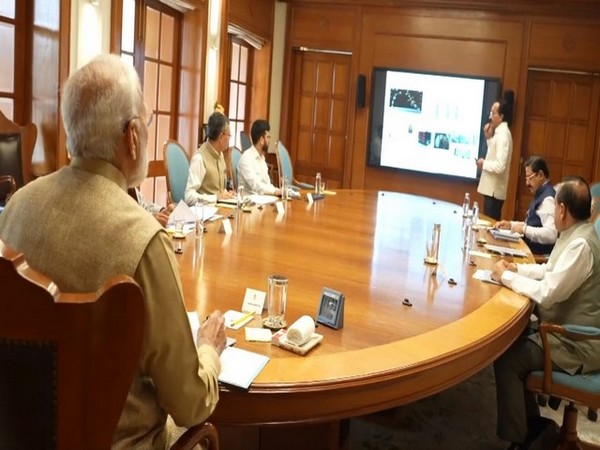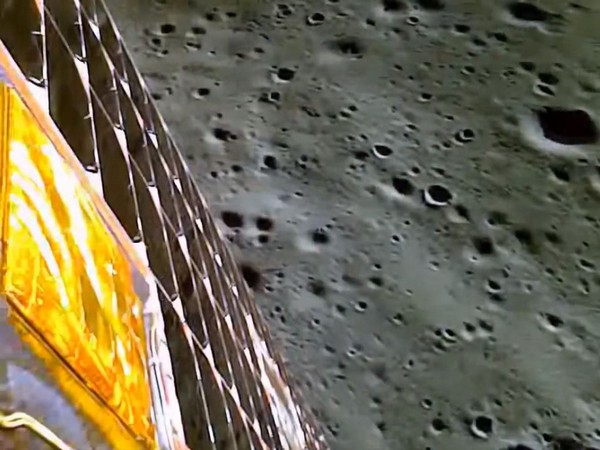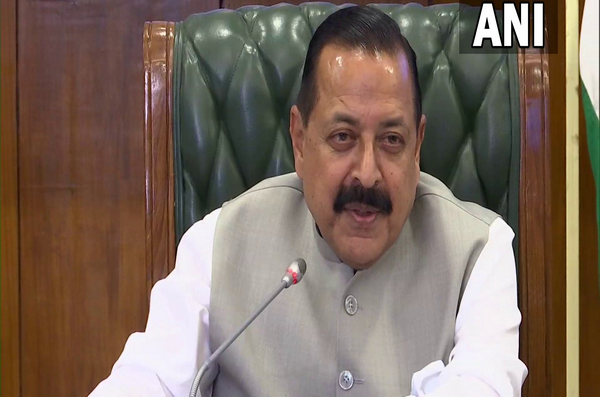Prime Minister Narendra Modi has chaired a high-level meeting to assess the progress of India’s Gaganyaan mission and to outline the future of India’s space exploration programs.
The Department of Space presented a comprehensive overview of the Gaganyaan mission, including various technologies developed so far such as human-rated launch vehicles and system qualification.
It was noted that around 20 major tests, including 3 uncrewed missions of the Human Rated Launch Vehicle (HLVM3) are planned. The first demonstration flight of the Crew Escape System Test Vehicle is scheduled for October 21 (Saturday).
ISRO is all set for the Flight Test Vehicle Abort Mission a key part of its ambitious human space mission Gaganyaan, between 7 am and 9 am this Saturday.
This flight will simulate the abort condition during the ascent trajectory. Crew escape systems with crude modules will be separated from the test vehicle at an altitude of about 17 km. Subsequently, the abort sequence will be executed autonomously commencing with the separation of crew escape systems and deployment of the series of parachutes, finally culminating in the safe touchdown of crew module in the sea, about 10 km from the coast of Sriharikota.
Meanwhile, the prime minister’s review meeting evaluated the mission’s readiness, affirming its launch in 2025.
Building on the success of the Indian space initiatives, including the recent Chandrayan-3 and Aditya L1 Missions, Prime Minister Modi directed that India should now aim for new and ambitious goals, including setting up ‘Bharatiya Antariksha Station’ (Indian Space Station) by 2035 and sending first Indian to the Moon by 2040.
To realize this vision, the Department of Space will develop a roadmap for Moon exploration.
“This will encompass a series of Chandrayaan missions, the development of a Next Generation Launch Vehicle (NGLV), construction of a new launch pad, setting up human-centric Laboratories and associated technologies,” Prime Minister’s Office said in a release.
PM Modi also called upon Indian scientists to work towards interplanetary missions that would include a Venus Orbiter Mission and a Mars Lander.
PM Modi also expressed confidence in India’s capabilities and affirmed the nation’s commitment to scaling new heights in space exploration.
Gaganyaan project envisages a demonstration of human spaceflight capability by launching a crew of 3 members to an orbit of 400 km for a 3-day mission and bringing them back safely to earth, by landing in Indian sea waters.
The pre-requisites for Gaganyaan mission include development of many critical technologies including human rated launch vehicle for carrying crew safely to space, Life Support System to provide an earth like environment to crew in space, crew emergency escape provision and evolving crew management aspects for training, recovery and rehabilitation of crew.
This program will make India the fourth nation to launch a manned spaceflight mission after the US, Russia, and China.
On August 23, India took a giant leap as the Chandrayaan-3 lander module successfully landed on the moon’s South Pole, making it the first country to have achieved the historic feat and bringing to an end the disappointment over the crash landing of the Chandrayaan-2, four years ago. India became the fourth country – after the US, China, and Russia – to have successfully landed on the moon’s surface.
After having landed, the Vikram lander and the Pragyan rover performed different sets of tasks on the lunar surface, including finding the presence of sulphur and other minor elements, recording relative temperature, and listening to movements around it.
Soon after the soft landing of Chandrayaan-3, India launched its maiden solar mission Aditya-L1 on September 2. So far in its journey, the spacecraft has undergone four earth-bound manoeuvres and a Trans-Lagrangean Point 1 Insertion (TL1I) manoeuvres, all successfully. In the process, the spacecraft successfully escaped the sphere of Earth’s influence.
In latest, the Aditya-L1 spacecraft performed a trajectory correction manoeuvre (TCM), for about 16 seconds, which was needed to correct the trajectory evaluated after tracking to keep it in its intended path. (ANI)
Read More: https://lokmarg.com/



